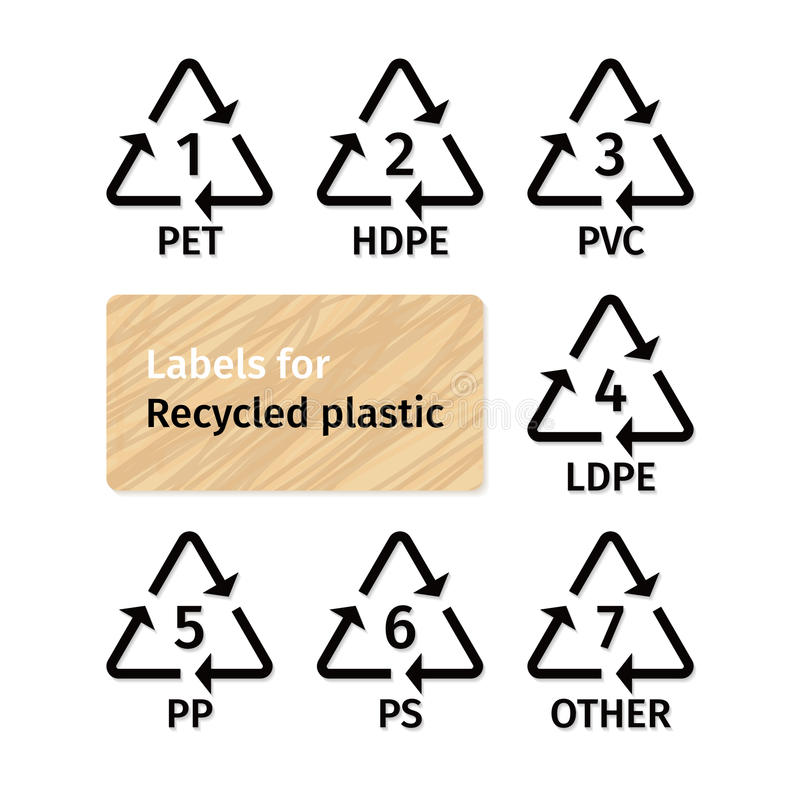‘Bag-in-Box’ – Custom-sized packaging to reduce waste
‘Bag-in-Box’ or ‘Bladder-in-Box’ packaging is used for storage and transportation of liquids. The concept comprises three elements; a high-strength multi-layer bag, a hard case (cardboard box, barrel or box) made of ridged cardboard, solid board or fluted card depending on volume and weight, and a tap/ dispenser that provides stronger barrier to oxygen. The bag-in-box design has a wide range of bag formats from 2 to 220 litres.
For Taranaki Bio Extracts the 20 litre bag (inner bag; 90 micrometre LLDPE blend/ outer bag; 80 micrometre HB Nylon EVOH Blend) provides us with a flexible packaging option that is more environmentally friendly when compared to the rigid packaging options of plastic jerry cans or plastic pails. It flat-packs making it more compact than the latter, which require collection and recycling of a much larger amount of plastic. Significantly less resource is involved in transporting empty bags compared with transporting bottles – this helps reduce CO2 emissions. And the containing box is cardboard so is naturally eco-friendly.
The LLDPE or Linear low-density polyethylene used for the inner bag is ideal for accommodating sensitive products and food products due to its higher tensile strength and durability. This makes it preferable to LDPE (Low-density polyethylene). Because LLDPE maintains its base properties during the recycling process it is the most recycled plastic material. It can be recycled again and again, avoiding waste, supporting in many functions, and limiting its environmental impact. LLDPE comes under Recycling Code 4.
Our Bag-in-Box outer bag is an EVOH Blend. Ethylene Vinyl Alcohol or EVOH, is a copolymer of Ethylene and vinyl alcohol that can be used to increase oxygen and gas barrier protection properties for plastic packaging. This is why it is common in food packaging helping keep the air out, and the flavours in – a key consideration in packaging for our export product.
If you’re shipping products in oversized boxes, you’re throwing away a lot of money and creating unnecessary packaging waste. Boxes that are larger than necessary also increase your transportation carbon footprint since fewer packages fit on a pallet or truck. At Taranaki Bio-Extracts our bag-in-boxes are a firm fit for our product.
Plastic Bag Liners – Recycling Code 2
To provide added protection to our bag-in-box components which hold our product, we use plastic bag liners or carton liners (18 micron, 410x 340x 550mm). These fit into our 20 litre boxes, and support if there is any product leakage from the inner bag or bladder.
We completed some research to better understand their manufacture and recycling story, and found they are made from HDPE (High Density Polyethylene), which is 100% recyclable under Plastics Recycling Code 2. The molecular structure of HDPE provides a rigid, robust bag structure, making it ideal for carrying large volumes of weight due to its high large-strength-to-density. HDPE bags are water and heat resistant, making them safe for transporting food, and they’re ideal for our export applications as they also meet FDA’s standards for direct food contact.
We also discovered that HDPE plastic is the most environmentally stable of all plastics as it gives off no harmful fumes to the environment during manufacture, and is made from recycled materials. In fact, HDPE plastic can last for a number of years, so being able to get as many uses out of it as possible is important in minimising its’ environmental impact.
Polyfoam – Recycling Code 4
We use strips of polyfoam (900mm x 1mm x 100m) to place between layers of frozen bags of product to eliminate bags rubbing together and leaking.
The raw materials Primepac, our supplier, use to produce their Polyfoam product are all Low density polyethylene (LDPE) resins. They carry the Plastics Recycling Code 4 enabling these products to be recycled at any plastics recycling facility internationally. The benefits of LDPE include its moisture and chemical resistance making it suitable for food packaging, high temperature resistance, and its wide recyclability.
Primepac is working to support a sustainable economy – they are leaders in sustainable packaging processes, and have pioneered the use of sugar cane plastics, and recyclable micro-films. They have an exclusive agreement with Future Post, an innovative Kiwi company that is turning New Zealand’s soft plastic waste into tough, long lasting and 100% recyclable fence posts. As a Primepac customer we have the assurance that not only are we buying top quality packaging product, we’re also making the best choice for protecting the environment.
The third article in our Packaging Review series will share opportunities we’ve discovered and will be considering, to support our UNSDG Goal 12: Sustainable Consumption and Production.
Ends.
